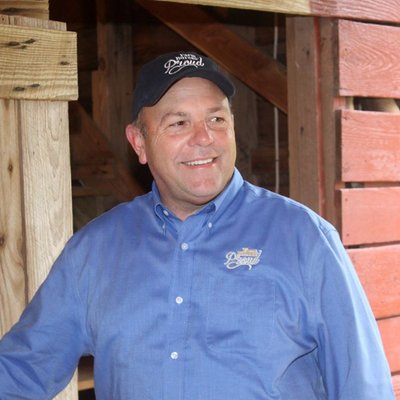
Internet broadband access continues to be a major concern for rural communities. It is a major point of focus for American Farm Bureau Federation President Zippy Duvall.
“Everything that we’re going to move forward to in agriculture is going to be based off the new technology that comes down the pipe to us. It’s going to be run by the broadband system, everything that’s coming down, we’re going to require the use of that,” said Duvall during the annual USDA Ag Outlook Forum.
“I have traveled this country. I’ve been in all 50 states, Puerto Rico, out on the farms in rural communities. You see rural communities struggling in several different ways. One, they can’t bring their young people back home. We see the average age of a farmer right now being 59, 60 years old. How do we expect that to get any lower if we don’t bring broadband to the rural communities? Children go off to college. They get their education in agriculture and they’ve got access to broadband. Who wants to go back to the rural community where they can’t stay connected to the world and use the technology? It’s just not going to happen.”
According to the American Farm Bureau, a USDA report in 2017 showed that 29% of U.S. farms have zero access to the internet. And according to the Federal Communications Commission, 39% of rural Americans lack access to 25Mbps/3Mbps service.
“This is not a luxury, it’s a necessity to be able to live in this day, be able to take care of you and your family, grow our communities and make them stronger, repopulate them and let the business come back to rural America,” Duvall said.
The main source of funding for broadband deployment is the Universal Service Fund. It was created by the Federal Communications Commission in 1997. In 2014, universal service disbursements totaled $7.8 billion.









